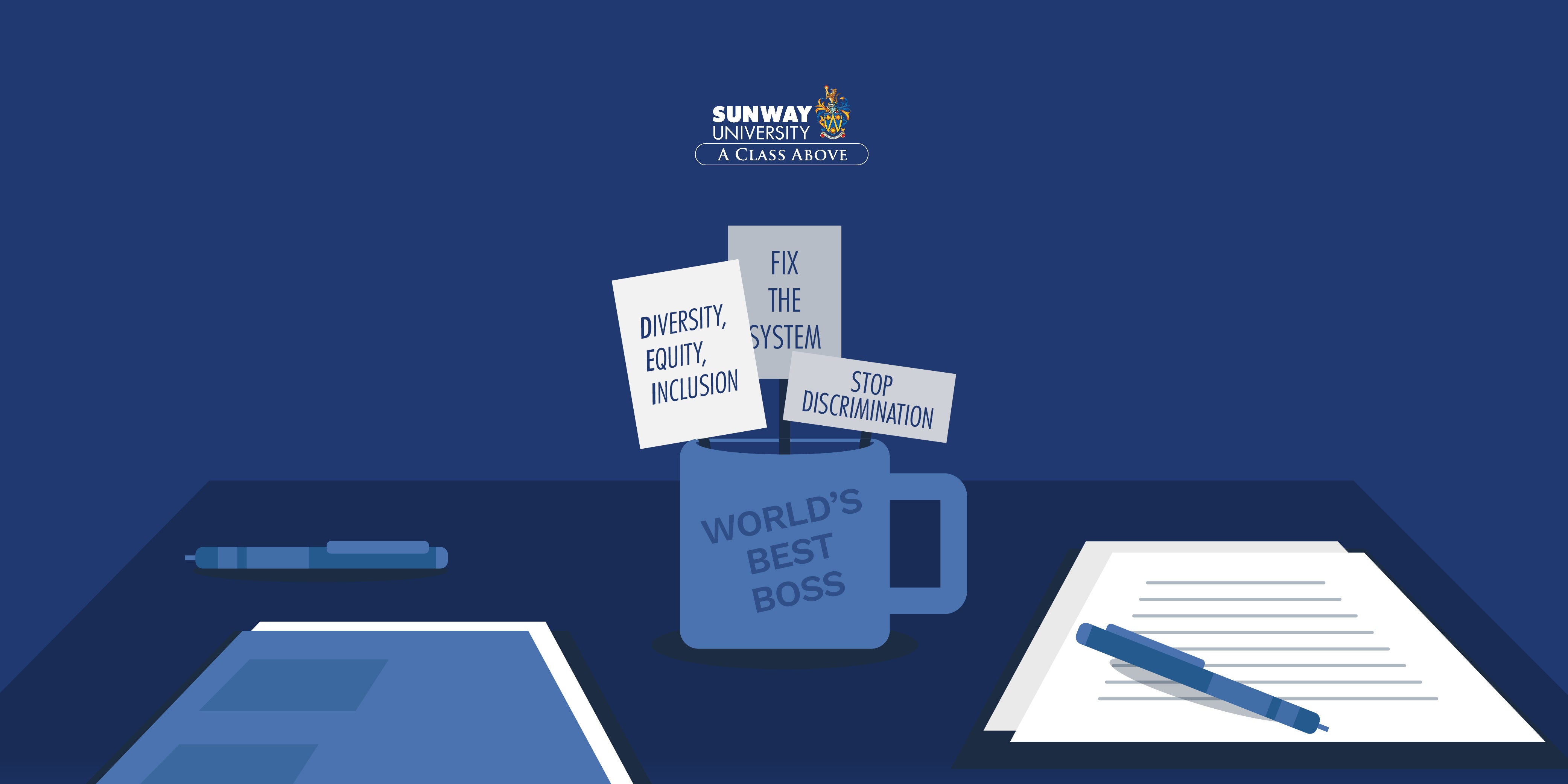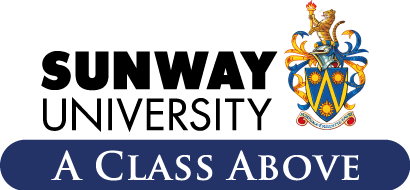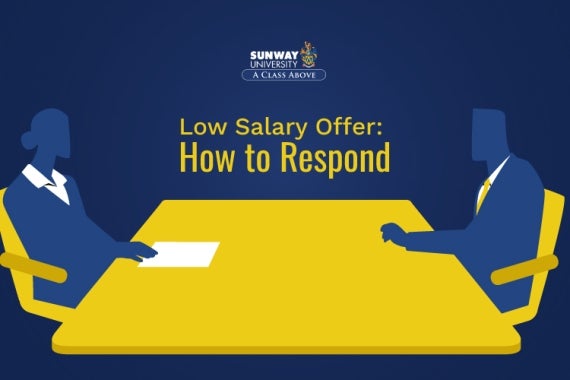Unconscious Bias at Work: Time to Wake Up and Be Better

A candidate is hired because they attended the same alma mater as the manager. Or, a talented colleague's idea is overlooked because their quiet demeanour is construed as them lacking in leadership qualities. How would you feel if these scenarios occurred in your workplace?
These are examples of unconscious bias, the hidden prejudices that unknowingly affect the workplace.Unconscious bias is a significant hurdle in fostering a truly inclusive, diverse, and high-performing work environment. Consider these findings:
- Companies with above-average diversity in their management teams reported innovation revenue at 19 points higher than those with below-average diversity: 45% of total revenue versus 26%
- In a Randstad report, 54% of respondents said they would quit if they did not feel a sense of belonging at their company
And yet, unconscious bias continues to impact hiring practices, performance evaluations, and team dynamics – negatively affecting both individual and organisational success.
What is Unconscious Bias in the Workplace?
Also known as implicit bias, unconscious bias refers to the automatic and often stereotypical judgements we make about others based on factors like race, gender, age, and/or appearance. These biases are formed through personal experiences, societal norms, and media portrayals, often operating below our conscious awareness. When bias is subconsciously present in our assessment of situations and people, it can end up being highly unfair and damaging to others.
How do these different types of biases influence behaviour in the workplace? For instance, hiring managers with an unconscious affinity bias might favour candidates with similar backgrounds or interests, overlooking equally, if not more, qualified individuals with whom they do not share certain affinities. This not only hinders the creation of a well-rounded team, but also leads to the loss of valuable talent.
10 Types of Unconscious Bias in the Workplace
1. Affinity Bias
This is the tendency to favour people we perceive as having more likeable traits, even when they may not be similar to us. When this bias is present in the recruitment process, for instance, hiring managers run the risk of overlooking talent who are more skilled, experienced, and suited to the job role, simply because they may initially present themselves as less personable than a friendlier or more extroverted candidate.
2. Halo Effect
A type of cognitive bias, a halo effect sees one positive trait overshadowing multiple shortcomings. As a result of this skewed perspective, underperformance may go unchecked. For example, a charismatic salesperson might receive favourable performance reviews because of their engaging personality when attending to customers and colleagues alike, despite being frequently unable to close sales and missing targets – the metrics that actually matter.
3. Horn Effect
This is the opposite of the halo effect; in the horn effect, one characteristic deemed negative or “weak” overshadows a person's strengths. This can cause talented individuals to feel excluded, and even be overlooked when it comes to promotions or other opportunities. For instance, a highly skilled but soft-spoken employee might not be chosen for a leadership role because they don’t often speak up in meetings.
4. Confirmation Bias
Confirmation bias occurs when we seek information that confirms our existing beliefs and easily reject that which does not align with what we think is right, leading to distorted decision-making. Take as an example a team leader who already has a preferred solution in mind to a challenge that cropped up in a project. This leader might quickly dismiss alternative perspectives or data supporting a different and objectively better solution.
5. Similarity Bias
This bias refers to a preference for people with whom we share similar personalities, interests, or backgrounds. Imagine a manager who hires a candidate because they share the same alma mater, despite the candidate having a weaker resume than other applicants. Not only is this practice unfair, but it also ultimately affects the outcome and performance of the team. Similarity bias can also lead to groupthink, impeding innovation and agility.

6. Gender Bias
Gender stereotypes about what roles men and women are suited for still exist, especially in more “traditional” workplaces and cultures. Because of this, women might be passed over for leadership positions or promotions, particularly in male-dominated fields. Gender bias influences the workplace in subtler ways, too – for example, men are typically seen as confident when they speak or act assertively, but when a female colleague does the same, there is a higher chance of her suffering backlash and being perceived as unlikeable or too aggressive.
7. Beauty Bias
Often associated with “pretty privilege”, beauty bias is the tendency to link physical attractiveness with competence. This means that a person who is deemed physically attractive might be seen as more capable than someone who is equally or more skilled but less attractive. An example of this is when a highly qualified individual who is not conventionally beautiful or handsome loses out on a job opportunity or promotion to someone who is more good-looking.
8. Conformity Bias
In workplaces, there can exist the desire to fit in and always be seen as a team player, resulting in the tendency to cave in to peer pressure and be a “yes man/woman”. This leads to groupthink and a reluctance to challenge the status quo, even if it’s for the benefit of the team and organisation. This conformity bias can stifle innovation, with team members holding back on voicing out a dissenting opinion or sharing new ideas for fear of being seen as difficult or disruptive.
9. Ageism
Age-based bias can affect hiring decisions, leading to decreased job satisfaction and hindering diversity of thought. For instance, a manager may assume that most if not all younger employees are better suited to handling new technology and driving innovation, sidelining experienced older workers who may have even more advanced technical skills and innovative strategies.
10. Name Bias
Name bias sees assumptions – be they positive or negative – being formed about a person based on their name. This bias stems from, among others, sociocultural stereotypes and personal experience. One way name bias plays out is when employees with names perceived as less common, or “different”, face challenges when interacting with colleagues or clients who have an unconscious bias against such names. Another way it manifests is when a candidate with a name subconsciously associated with competence is given the job offer even though their qualifications are not as impressive as other candidates.
How to Overcome Unconscious Bias in the Workplace
While unconscious bias exists to some degree within us all, the good news is that it can be mitigated through awareness and proactive strategies – including having a Diversity, Equity, and Inclusion (DEI) strategy in place.
Diversity here refers to representation in the workforce, and covers aspects such as gender, age, ethnicity, physical ability, and neurodivergence.
Equity refers to ensuring the norms, practices, and policies in place provide fair treatment for all, and that identity does not affect opportunities or workplace outcomes. Different from equality, equity takes into consideration a person’s unique circumstances, and adjusts treatment accordingly for an equal end result.
Inclusion, meanwhile, refers to how the workforce experiences the workplace, how the organisation embraces its employees, and the ways in which the organisation ensures the contributions of all employees are valued.
Making sure DEI is consistently practised, especially in leadership teams, is highly beneficial for the organisation: it was found that companies in the top quartile for both gender and ethnic diversity in their executive teams are, on average, 9% more likely to outperform their peers.

Here are 7 actions your organisation can take as part of efforts to boost DEI and combat workplace biases:
1. Raise Awareness
Educate yourself and your team on the different types of unconscious bias and their potential impact. Consider workshops or training programmes designed to raise awareness on this subject. Regular training can help equip employees with the tools to identify and manage their unconscious biases.
2. Build a Diverse and Inclusive Leadership
Having diverse leaders at the top of the organisation, as well as having a clear focus on inclusive leadership, can create a trickle-down effect, making employees at all levels feel more included and valued.
3. Practise Meritocracy
To reduce bias in the workplace, prioritise merit-based hiring, promotions, and opportunities. Eliminate systemic barriers, support professional development, and foster an inclusive environment where all voices are valued. This creates equal opportunities and growth for all employees.
4. Uphold Fair Hiring Practices
Fair hiring refers to non-discriminatory and inclusive practices in your hiring processes. This is usually already mandated by local and state laws, such as the Employment Act 1955, the Industrial Relations Act, and the Social Security Act. Companies must ensure these laws are honoured, and at the same time, actively take steps to stamp out the many tricky ways that unconscious bias could manifest during recruitment.
5. Commit to a Systematic, Purpose-Led Approach
A company’s DEI aspirations should be a core aspect of its mission and embedded in its strategic goals. This should then be communicated, reinforced, and put to practice both internally and publicly.
6. Get Regular Feedback
Use continuous and constructive feedback mechanisms to understand how employees feel about your DEI strategy. This is better than relying only on annual reviews and reports. Conduct routine company pulse surveys internally and social listening externally to gain insights. This will help you identify weaknesses, strengths, and opportunities for change in your DEI strategy throughout the year, and you can craft a timely response.
7. Empower Employee Resource Groups (ERGs)
In some organisations, you can find ERGs – voluntary, employee-led groups that foster a diverse, inclusive workplace aligned with the organisations they serve. Helping to create or support ERGs can provide a voice and visibility to underrepresented groups, fostering a more inclusive workplace culture. Embolden and activate these DEI champions and allies by providing adequate resources and support, which may include mentorship and sponsorship, as well as encourage and celebrate allyship.
While these practices may take time and effort to execute well, they are necessary to build a healthy, fair, and inclusive workplace culture.
Everyone Wins In an Inclusive and Diverse Workplace
Unconscious bias in the workplace is not just an individual issue, but a systemic one that affects the health and effectiveness of an organisation. It is a complex problem, but by acknowledging its existence and taking concrete measures to address it, we can create a more inclusive and equitable workplace.
Fostering diversity of thought and experience not only fosters a more positive work environment for employees, but also leads to stronger decision-making, greater innovation, and ultimately, a more successful organisation.
Overcoming unconscious bias is an ongoing process that requires commitment from everyone within the organisation. By taking the initiative to educate ourselves and implement practical strategies, we can build diverse teams for a more inclusive workplace – one where all feel valued, respected, and empowered to reach their full potential.






